Australia's strong jobless rate is a good outcome: Craig James
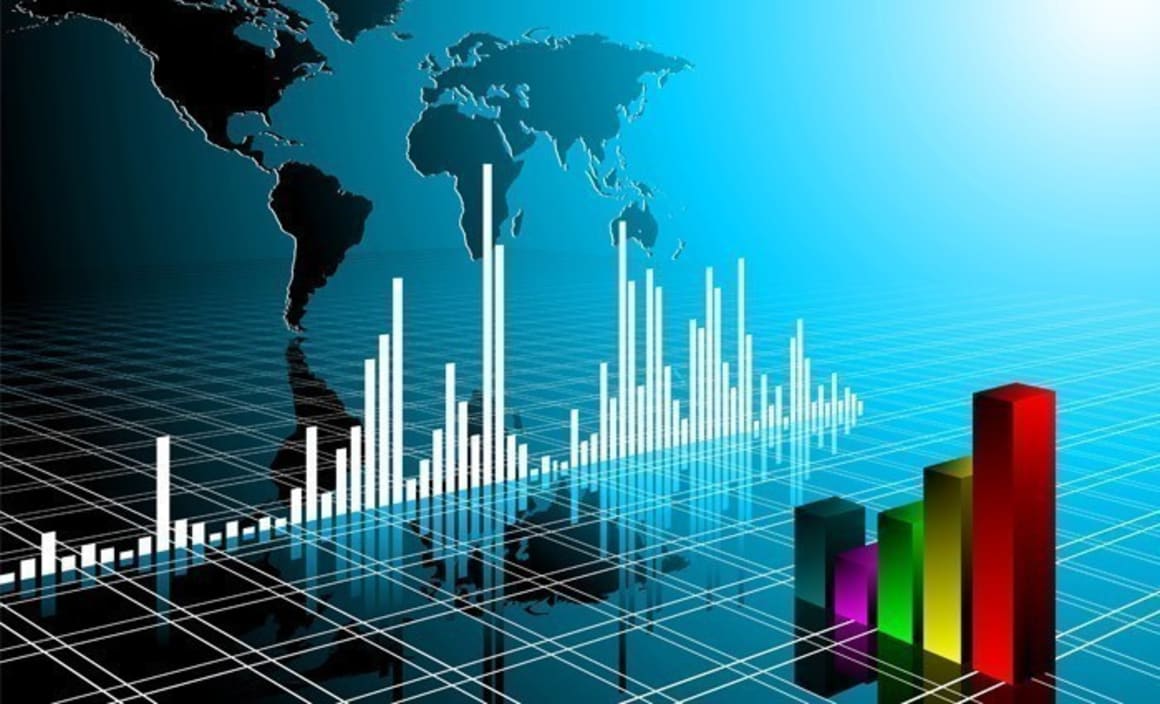
EXPERT OBSERVATION
Labour force
Employment rose for the 33rd time in 34 months, up by 41,100 jobs in July after a revised 2,400 fall in jobs in June (previously reported as an increase of 500 jobs).
Full-time jobs rose by 34,500 with part-time jobs up by 6,700. Economists had tipped an increase in total jobs of around 14,000.
What is the definition of a strong job market? We would contend that it is one where employment is rising, more people are participating in the job market and where the jobless rate remains historically low. Australia has a strong job market.
While the jobless rate in Australia is higher than the US, UK and New Zealand, in Australia job growth remains strong and more people are drawing down a wage.
Retailers want to see more people with jobs because that converts to more opportunities to sell their goods and services.
It is always important to remember that indicators like employment and the unemployment rate reflect decisions made by businesses as much as six months ago.
Simply, the hiring process takes time – from the decision to hire, the advertising and interview process, and then the time it takes for the successful candidate to start work.
And the environment 5-6 months ago – before the Federal Election – was far different to today – a lot softer.
In the past two months, job ads have lifted, pointing to even stronger employment ahead.
Click here to enlarge:
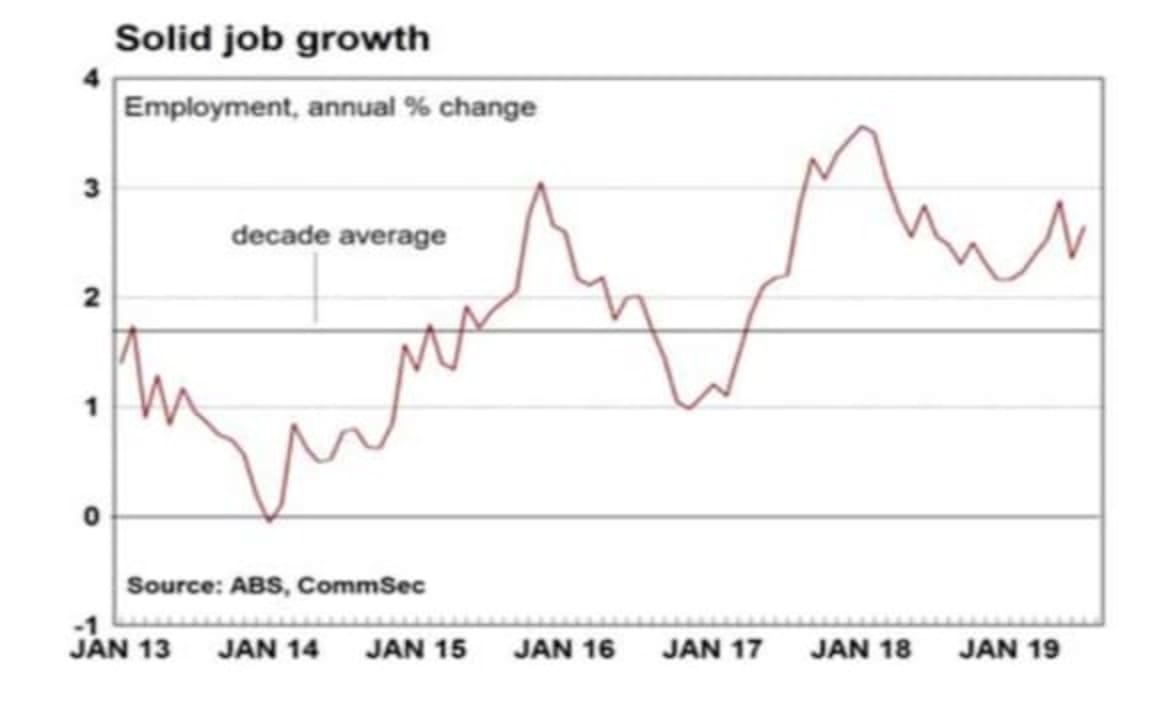
The Reserve Bank doesn’t expect much improvement in the jobless rate over the remainder of 2019. So it will take falls in the jobless rate to prompt the RBA to back off rate cuts.
Reserve Bank forecasts assume a quarter per cent rate cut to be delivered late in 2019 and another cut of same size earlier in 2020.
Unfortunately for the Reserve Bank, the jobs data is a ‘lagging indicator’. So it will need to be confident that more timely data, like the monthly business survey, is pointing to firmer employment ahead.
Another key question is how far away is the peak in the workforce participation rate.
If solid employment continues and the participation rate doesn’t rise in turn, the jobless rate has a chance of falling, meaning that spare capacity in the economy is being reduced.
The ‘problem’ – if we can call it that – is that more people are getting jobs and more people are coming into the workforce to take up the new positions.
So spare capacity remains. But the employment pie continues to get bigger, and that is important for retailers and government tax coffers.
In NSW, Victoria, Northern Territory and the ACT, jobless rates are below 5 per cent. In other states, jobless rates are around 6.0-7.0 per cent.
In-roads need to occur outside the main states if the Reserve Bank is to achieve the goal of a jobless rate near 4.5 per cent. And arguably this means greater use of fiscal policy, not monetary policy.
What do the figures show?
Employment rose for the 33rd time in 34 months, up by 41,100 jobs in July after a revised 2,400 fall in jobs in June (previously reported as an increase of 500 jobs). Full-time jobs rose by 34,500 with part-time jobs up by 6,700. Economists had tipped an increase in total jobs of around 14,000.
Annual job growth rose from 2.4 per cent to 2.6 per cent in July (decade average 1.7 per cent).
Hours worked rose 0.5 per cent in July to be up 2.0 per cent over the year. In trend terms, hours worked were up 1.8 per cent on the year.
The unemployment rate was steady at 5.2 per cent in seasonally adjusted terms. In trend terms the jobless rate rose by less than 0.1 percent to 5.3 per cent.
The participation rate rose to a record-high 66.1 per cent in July. In trend terms, the participation rate rose from 66.0 per cent in June to a record high of 66.1 per cent in July.
Unemployment across states in July: NSW 4.4 per cent (June 4.6 per cent); Victoria 4.8 per cent (4.8 per cent); Queensland 6.4 per cent (6.5 per cent); South Australia 6.9 per cent (6.0 per cent); Western Australia 5.9 per cent (5.7 per cent); Tasmania 6.0 per cent (6.8 per cent). In trend terms, Northern Territory 4.9 per cent (4.8 per cent); ACT 3.5 per cent (3.5 per cent).
In seasonally adjusted terms, the largest increases in employment were in Queensland (up 19,900 persons), New South Wales (up 13,000 persons), and Victoria (up 3,600 persons). The largest decrease was in Western Australia (down 4,200 persons).
The working age population rose by 34,400 in July to 20.62 million. Over the year, the working age population rose by 360,900 – a near decade high – or 1.78 per cent. But this is still down from the record 2.36 per cent annual growth in December 2008.
The monthly trend underemployment rate remained steady at 8.4 per cent. The monthly underutilisation rate remained steady at 13.6 per cent.
The monthly seasonally adjusted underemployment rate increased 0.2 pts to 8.4 per cent. The monthly underutilisation rate increased 0.2 pts to 13.6 per cent.
Click here to enlarge:
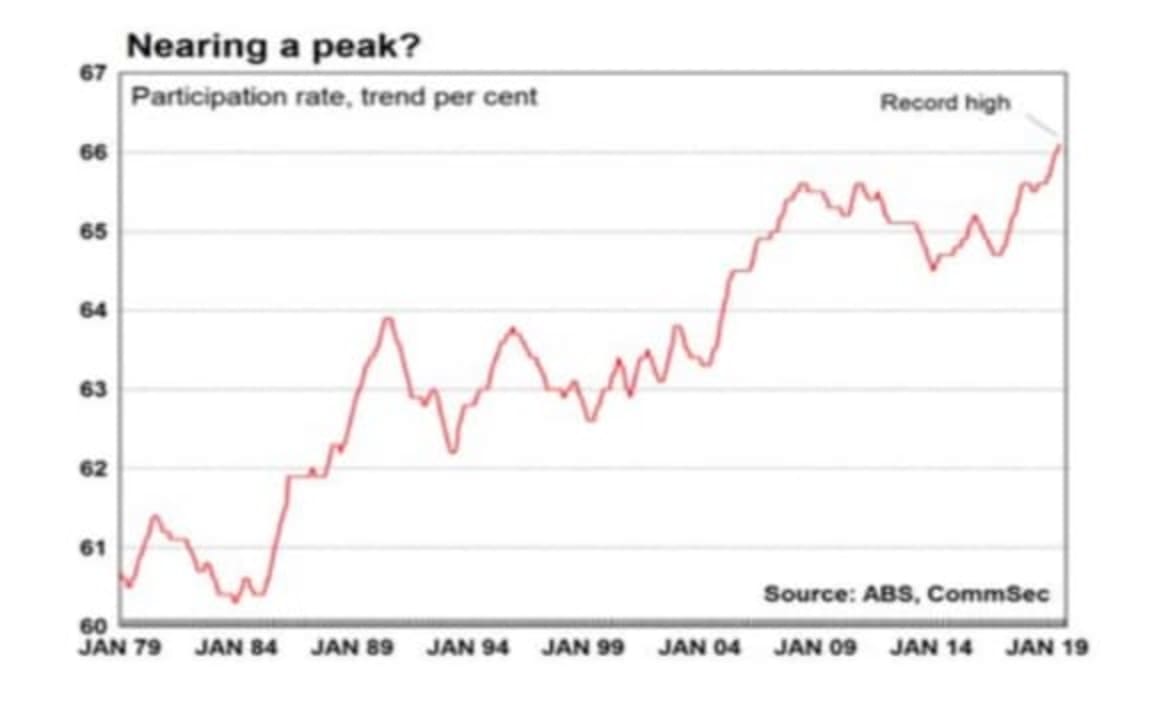
Click here to enlarge:
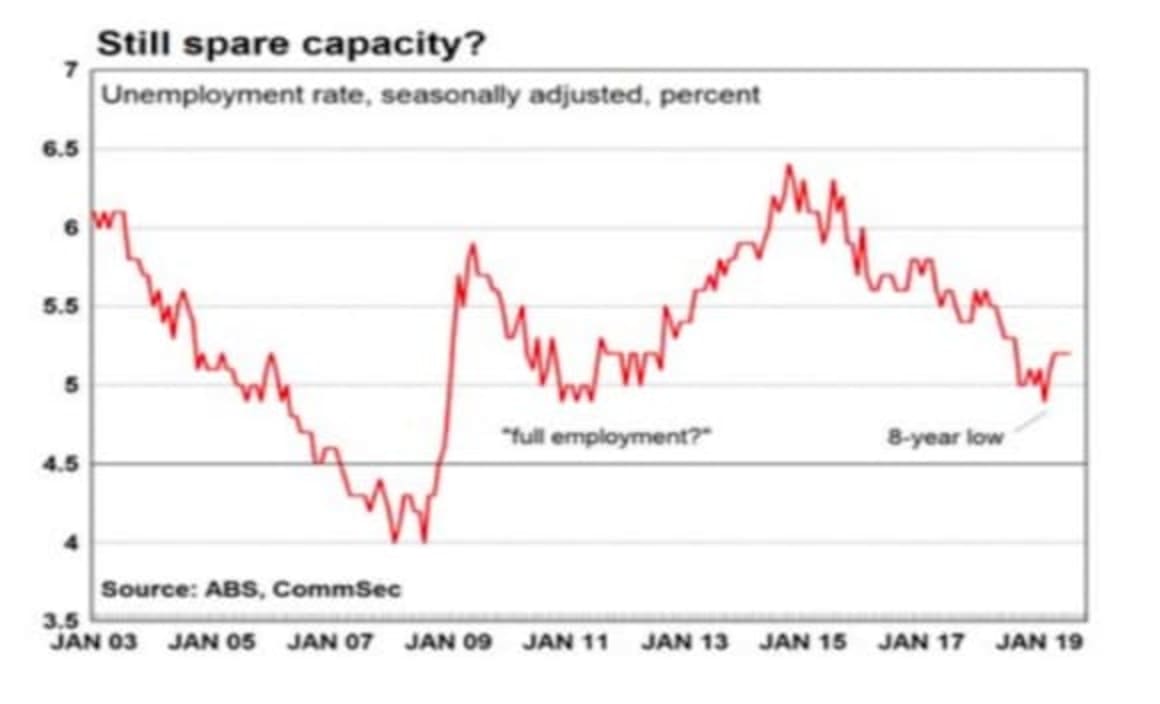
Why is the data important?
The Labour Force estimates are derived from a monthly survey conducted by the Bureau of Statistics.
The population survey is based on a multi-stage area sample of private dwellings (currently about 22,800 houses, flats, etc.) and a sample of non-private dwellings (hotels, motels, etc.).
The survey covers about 0.24 per cent of the population of Australia and includes all people over 15 years of age, except defence personnel.
If more people are employed, then there is greater spending power in the economy. But at the same time companies may adjust the work hours of employees.
If employees work less hours, and therefore get paid less, then spending power in the economy is reduced.
Click here to enlarge:
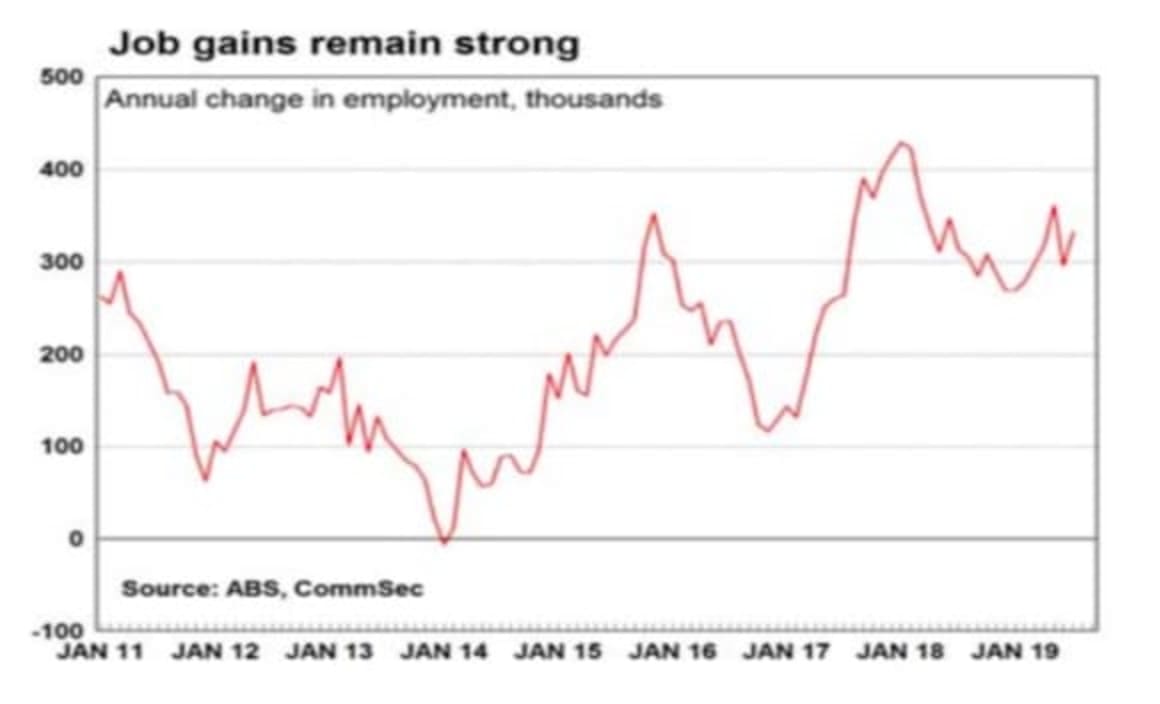
Click here to enlarge:
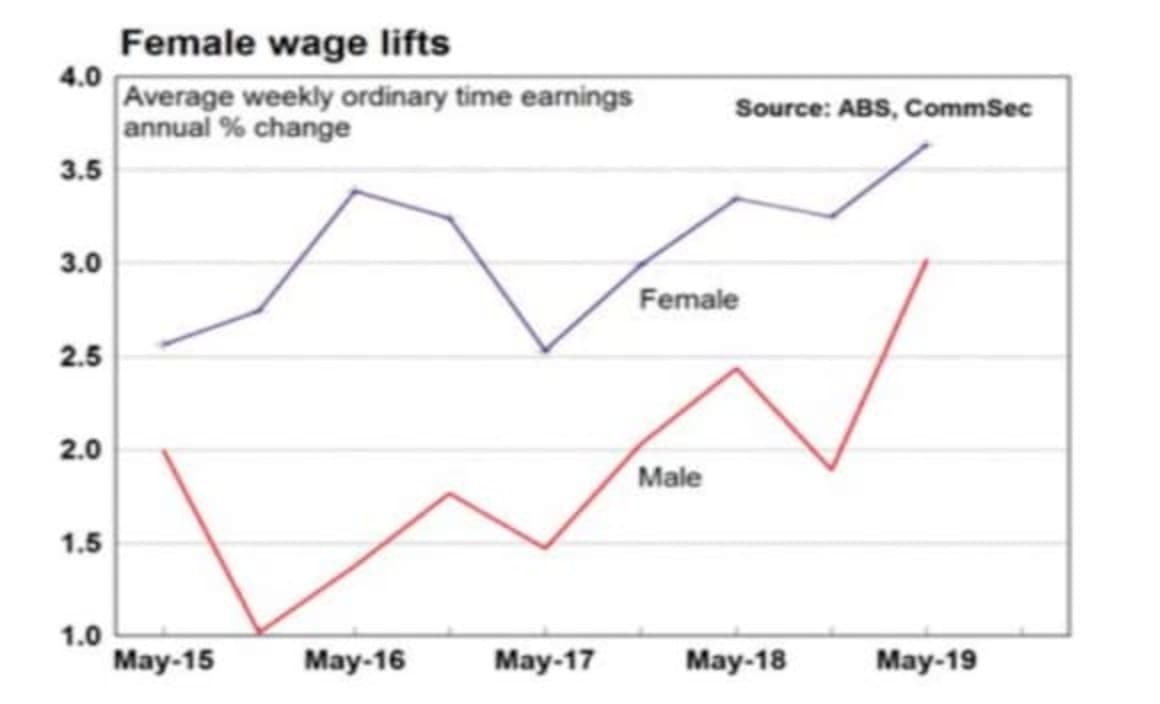
What are the implications?
Employment growth again exceeded implications in July. ‘Normal’ annual job growth is around 1.7 per cent. In July, job growth was 2.6 per cent. That means more people with money to spend. And that benefits a raft of businesses.
In the past decade, 4.9 per cent was the lowest jobless rate recorded. So a jobless rate of 5.2 per cent is clearly a “good” outcome.
The Reserve Bank believes that we can do even better. So rates can fall again to speed the economy up and create more jobs.
Commonwealth Bank Group economists tip a quarter of a per cent rate cut in both November and February 2020.
The lift in job creation is important for business sales and profitability. So the latest outcome is positive for the sharemarket.
Not only are jobs being created, wages continue to outpace inflation. Average weekly earnings grew by 3.1 per cent over the past year – the fastest rate in six years.
Female wages are up 3.6 per cent over the year with male wages up 3.0 per cent. Female wages have exceeded male wages over the past five years.